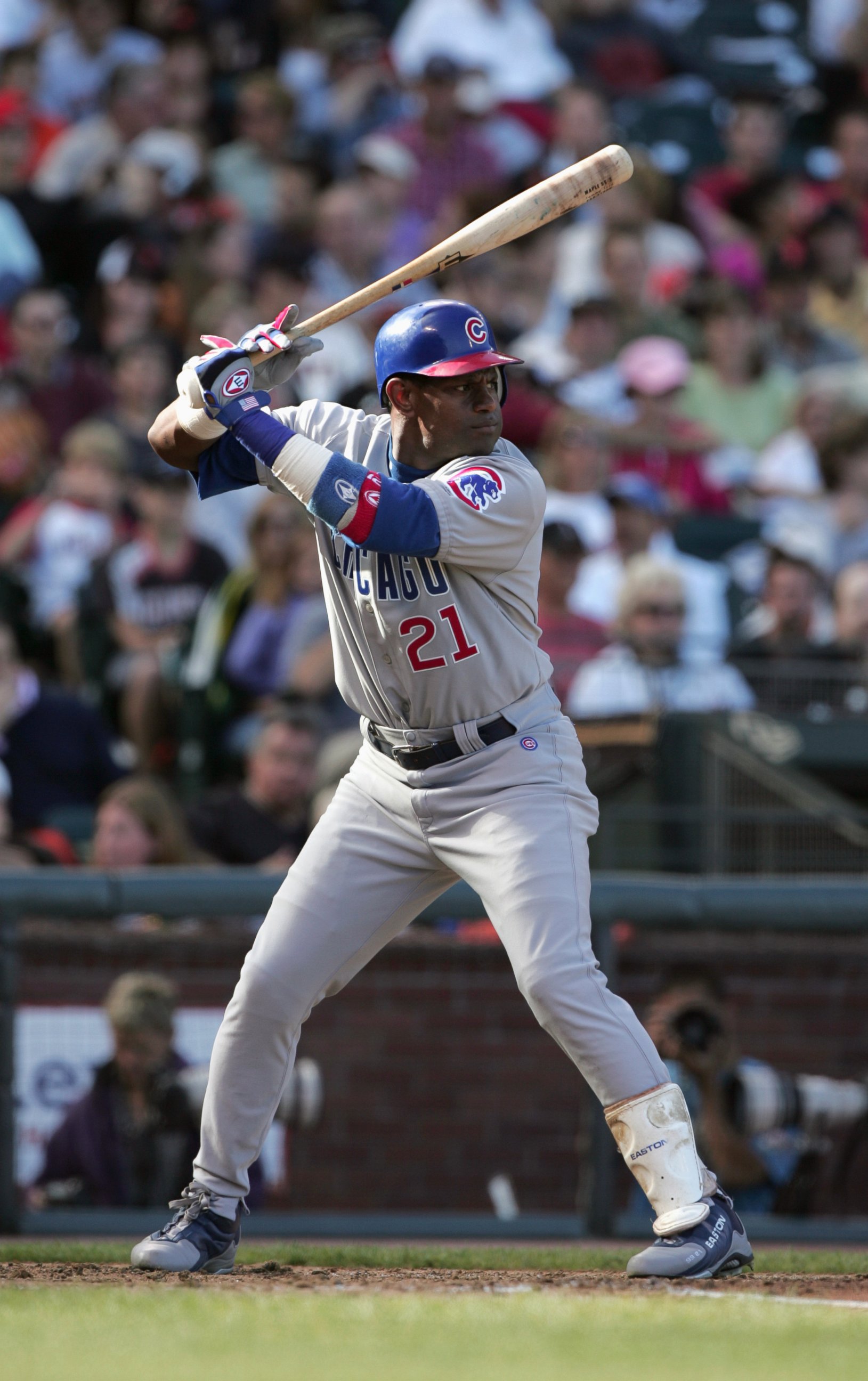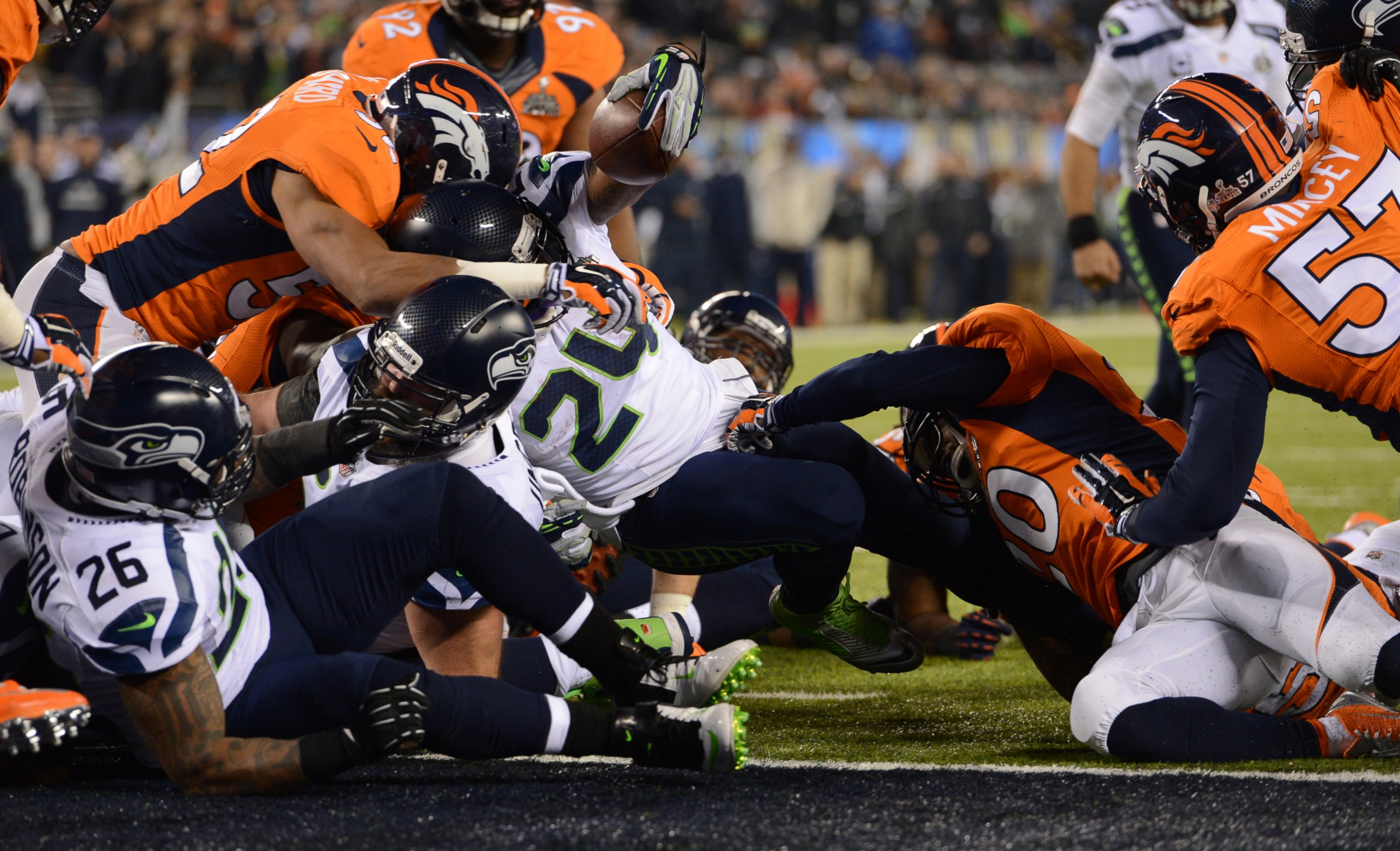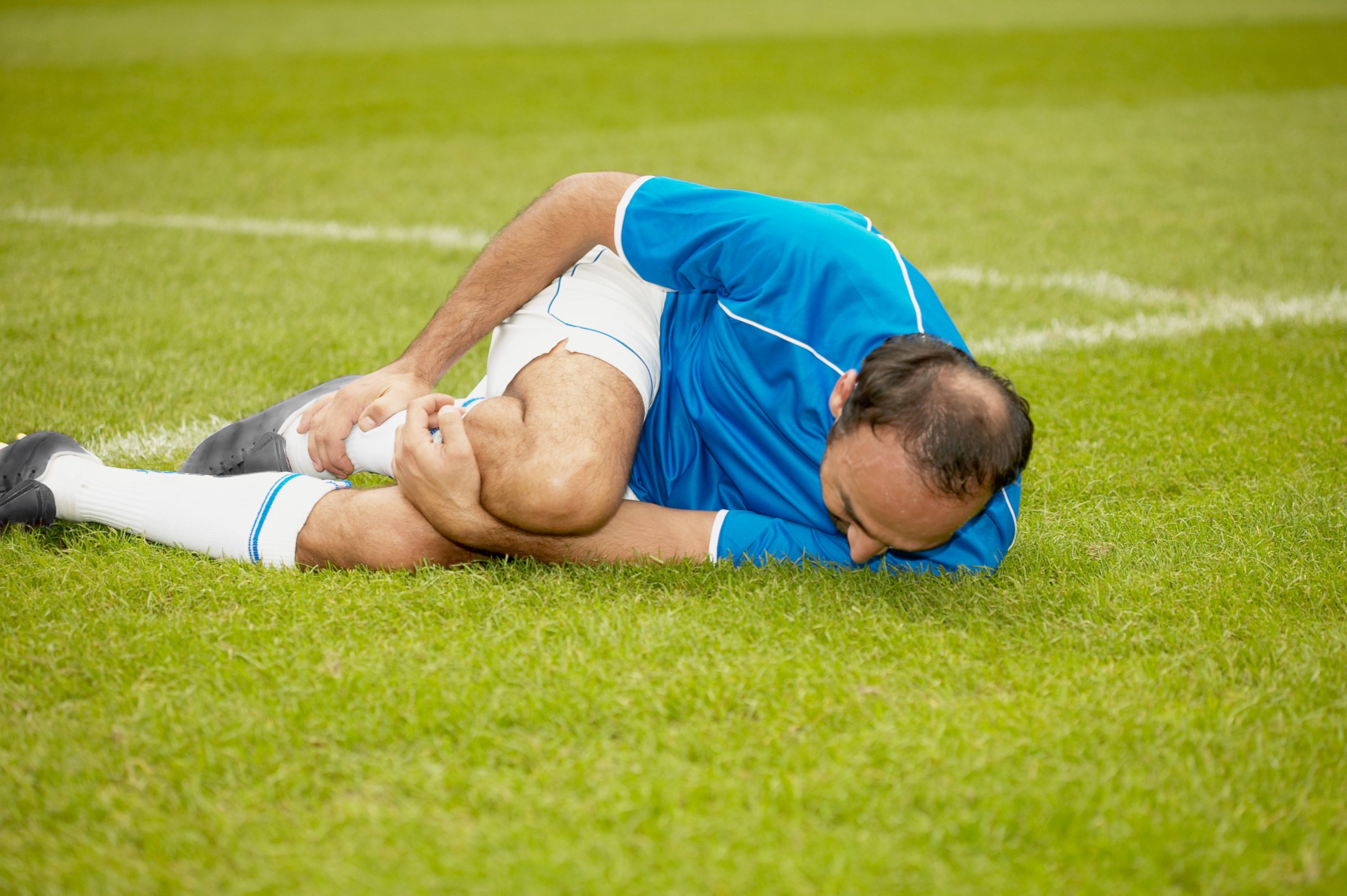Slippery Slope: Pine Tar and Other Obvious Ways Athletes 'Cheat'
From dirty tackle tactics to stealing signs, athletes find an edge.
April 24, 2014— -- New York Yankees pitcher Michael Pineda was booted from the mound Wednesday night against the Boston Red Sox after he was caught using pine tar to get a better grip of the ball and control his pitches.
Pineda, who was suspended today for 10 games by Major League Baseball, may have been branded a cheater, but he’s hardly the first pro athlete to do it in plain sight.
Pineda Ejected for Pine Tar on Neck
Pineda Says He'll Learn From Ejection for Pine Tar
In fact, he’s not even the first Major League baseball player to pull tricks on the field. Here’s a look at some of the ways major athletes break the rules – and why they’re no good at hiding it:
Doctored Balls, Corked Bats
Baseball fans can’t forget the moment Minnesota Twins pitcher Joe Niekro tried to casually toss a nail file and piece of sandpaper he used to scuff the ball from his pockets during a 1987 game -- a failed feat famously captured on video.
WATCH: Why Do Baseball Players Use Pine Tar for Pitching?
Pitchers eager to grease up the ball have also resorted to Vaseline, K-Y Jelly and pine tar, as documented by Sports Illustrated.

Baseball players have also been known to cork their bats, which makes it lighter and easier to swing. Sammy Sosa’s bat famously cracked when he swung in 2003, spilling cork onto the field.
Tough to Tackle -- But Watch Out in the Pile
Football players rub petroleum jelly on their bodies to protect skin in freezing temperatures, ESPN reported, but the slippery stuff has another side effect: It makes players harder to tackle.
Players who do end up knocked to the bottom of the dog pile should take caution.

Philadelphia Eagles quarterback Mark Sanchez once told ESPN that “anything goes” when players are tangled together and cameras can’t see: “pinching scratching, biting, that’s the way it is.”
Arizona Cardinals wide receiver Larry Fitzgerald also confirmed the dirty tactics in a scuffle.
"Spitting, stepping on your hands – whatever it takes to get the ball out of your hands, they’ll do it,” he said.
Crocodile Tears or Real Injury?
Don’t feel too bad for soccer players who writhe and grimace on the field after a hit -- sometimes, they’re faking it.

It’s apparently common practice in professional soccer, often used to run out the clock, ESPN reported.
The site recalled a 2010 game in which a female soccer player from Brazil was rushed off the field in a stretcher, only to sprint back moments later, seemingly unharmed.
"This stretcher was evidently gifted with the kind of miracle healing powers traditionally only seen on religious telethons,” the report said.
Stealing Signals
Stealing signs is a way for teams to find out what their opponents’ hat tips, shoulder taps and hand signs mean -– if anything at all.

“Spygate,” one of the NFL’s biggest controversies, involved accusations that the New England Patriots were secretly filming the New York Jets’ practices to pick up the teams’ signals.
ESPN once called stealing signals a “lost art” and a “baseball tradition as old as the game itself.”




